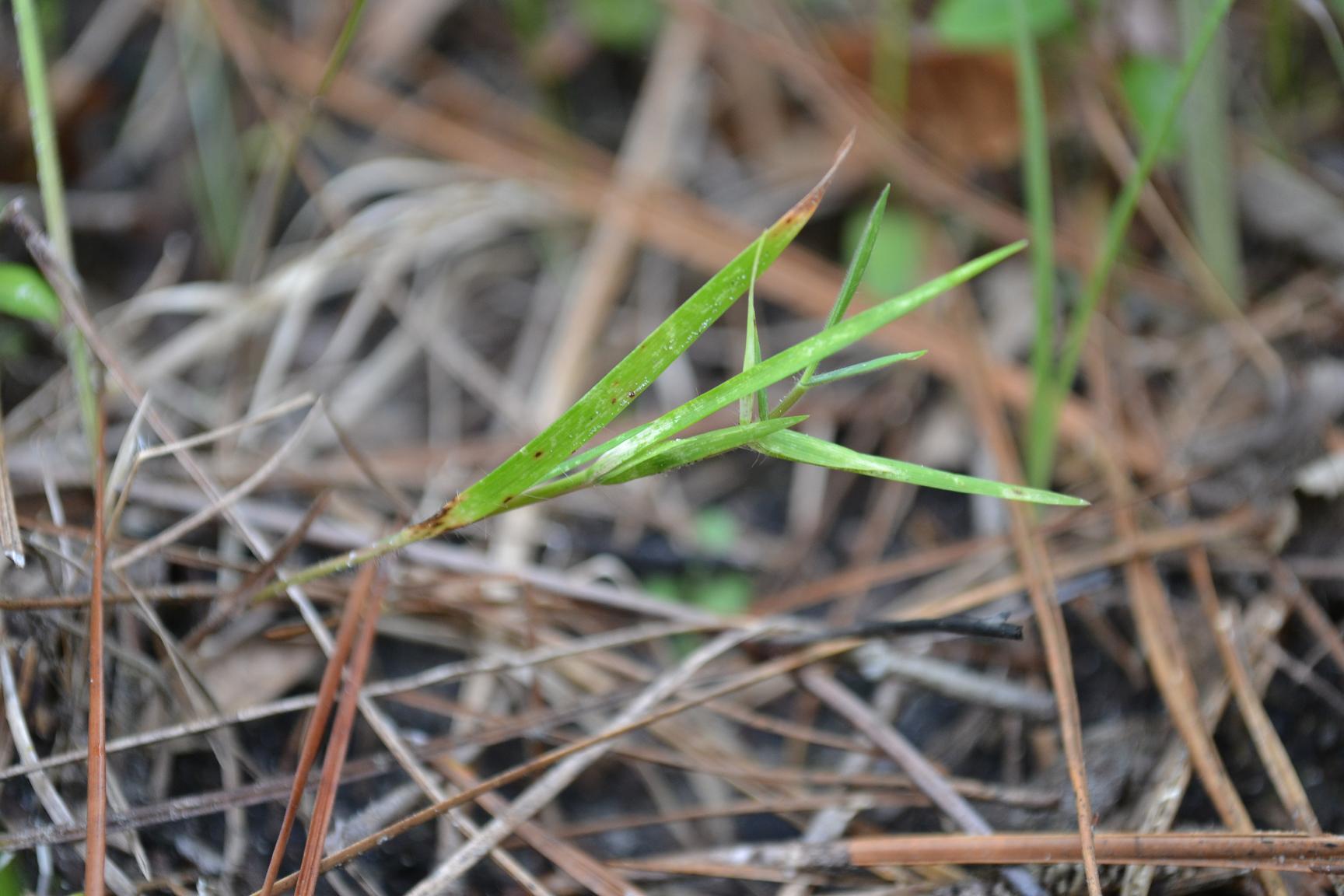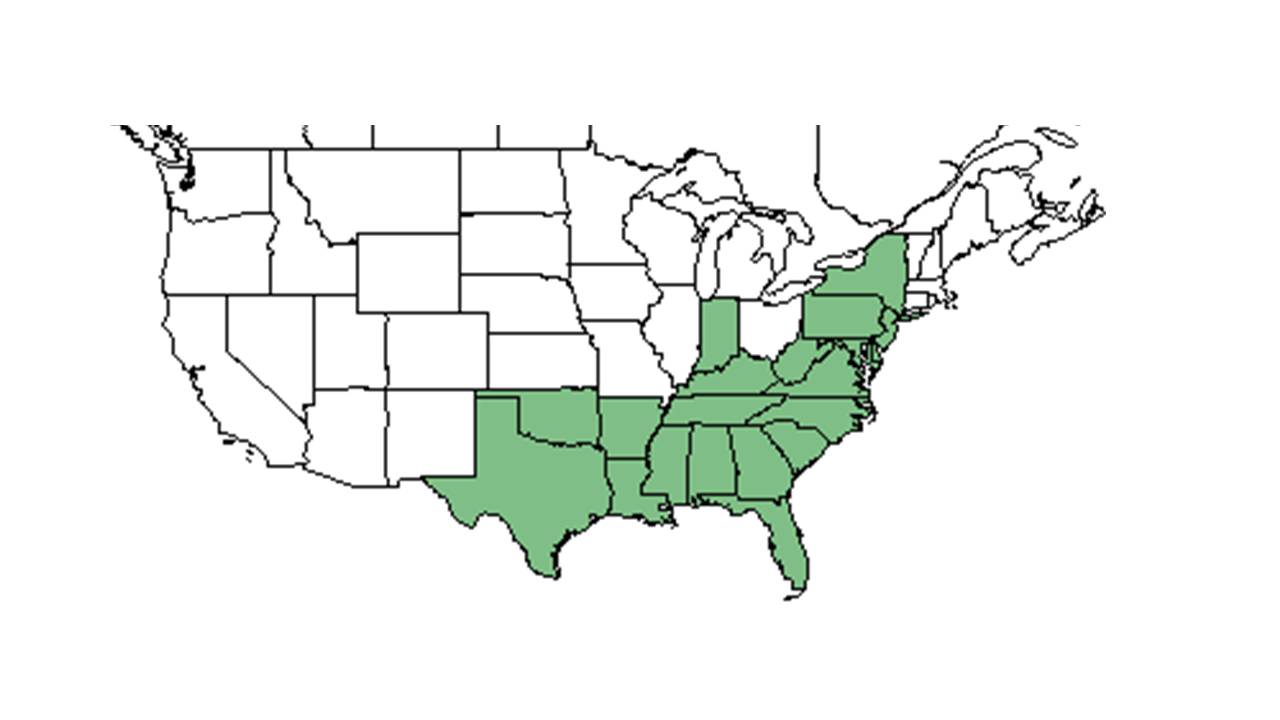Difference between revisions of "Dichanthelium aciculare"
KatieMccoy (talk | contribs) |
KatieMccoy (talk | contribs) |
||
| Line 26: | Line 26: | ||
==Ecology== | ==Ecology== | ||
===Habitat=== <!--Natural communities, human disturbed habitats, topography, hydrology, soils, light, fire regime requirements for removal of competition, etc.--> | ===Habitat=== <!--Natural communities, human disturbed habitats, topography, hydrology, soils, light, fire regime requirements for removal of competition, etc.--> | ||
| − | ''Dichanthelium aciculare'' can occur in wet pine flatwoods, dune swales, bayheads, ''Myrica'' flats, turkey oak barrens, longleaf pine/turkey oak woods, creek banks, flooded cattail | + | ''Dichanthelium aciculare'' can occur in wet pine flatwoods, dune swales, bayheads, ''Myrica'' flats, turkey oak barrens, longleaf pine/turkey oak woods, creek banks, flooded cattail sloughs, depression marshes, coastal hammocks, longleaf pine/scrub oak ridges, cabbage palm/mixed oak communities, bog margins, sand pine scrubs, open palmetto scrubs, coastal scrubs, and edges of cypress depression swamps. It has also been recorded in human disturbed areas such as along highways, man-made ponds, roadsides, and old fields (FSU Herbarium). Associated species include ''Pinus palustrus, Quercus laevis, Aristida beyrichiana, Baccharis'' and ''Myrica'' (FSU Herbarium). |
===Phenology=== <!--Timing off flowering, fruiting, seed dispersal, and environmental triggers. Cite PanFlora website if appropriate: http://www.gilnelson.com/PanFlora/ --> | ===Phenology=== <!--Timing off flowering, fruiting, seed dispersal, and environmental triggers. Cite PanFlora website if appropriate: http://www.gilnelson.com/PanFlora/ --> | ||
Revision as of 13:51, 12 November 2015
| Dichanthelium aciculare | |
|---|---|

| |
| Photo taken by Kevin Robertson | |
| Scientific classification | |
| Kingdom: | Plantae |
| Division: | Magnoliophyta - Flowering plants |
| Class: | Liliopsida – Monocotyledons |
| Order: | Cyperales |
| Family: | Poaceae ⁄ Gramineae |
| Genus: | Dichanthelium |
| Species: | D. aciculare |
| Binomial name | |
| Dichanthelium aciculare (Desv. ex Poir.) Gould & C.A. Clark | |

| |
| Natural range of Dichanthelium aciculare from USDA NRCS Plants Database. | |
Common name: needleleaf rosette grass
Contents
Taxonomic notes
Description
Distribution
Ecology
Habitat
Dichanthelium aciculare can occur in wet pine flatwoods, dune swales, bayheads, Myrica flats, turkey oak barrens, longleaf pine/turkey oak woods, creek banks, flooded cattail sloughs, depression marshes, coastal hammocks, longleaf pine/scrub oak ridges, cabbage palm/mixed oak communities, bog margins, sand pine scrubs, open palmetto scrubs, coastal scrubs, and edges of cypress depression swamps. It has also been recorded in human disturbed areas such as along highways, man-made ponds, roadsides, and old fields (FSU Herbarium). Associated species include Pinus palustrus, Quercus laevis, Aristida beyrichiana, Baccharis and Myrica (FSU Herbarium).